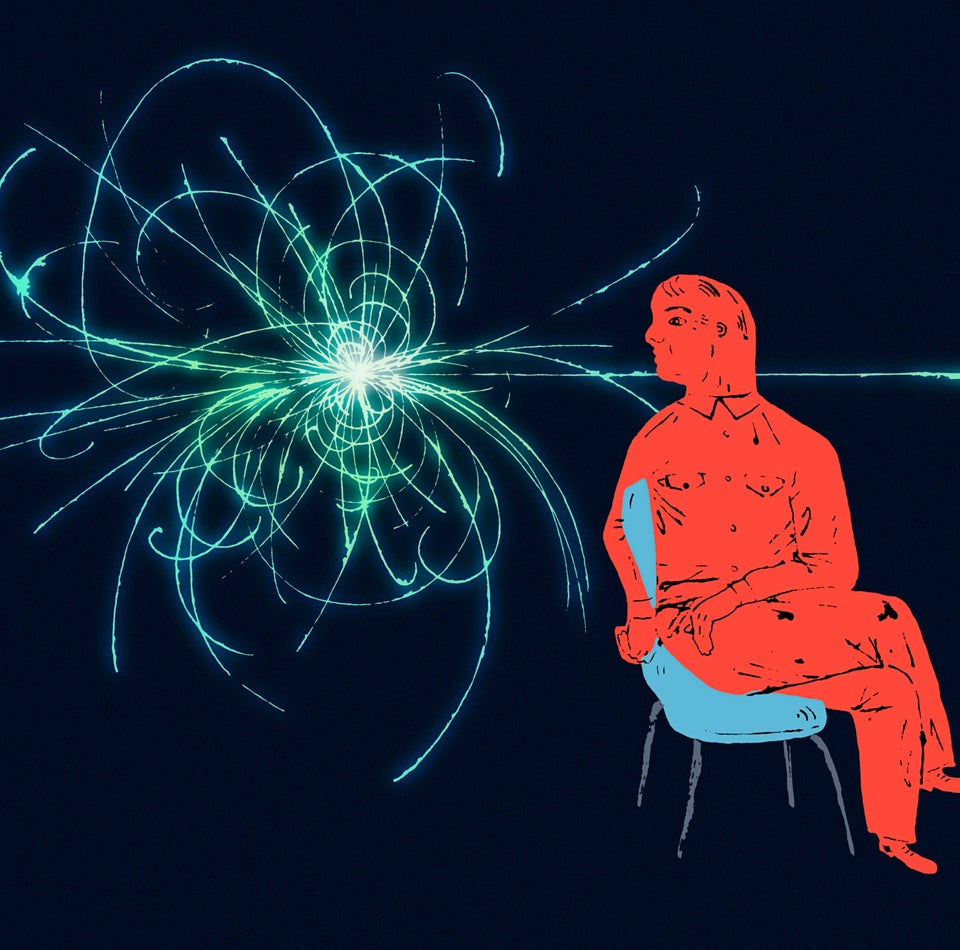
No one's getting beamed up anytime soon, but teleportation may have taken a big step closer to reality.
Researchers at Delft University of Technology in the Netherlands say they have succeeded in accurately transferring information from one quantum bit to another quantum bit located 3 meters away -- without the information traveling through the intervening space.
A quantum bit (qubit) is analogous to a conventional computer bit -- though unlike a conventional bit, a qubit can represent more than two possible values.
The feat is considered a critical step toward the development of a network of so-called quantum computers. These ultrafast computers -- still theoretical at this point -- would be able to solve problems beyond the reach of even the most powerful computers available today, the New York Times reported.
In addition, quantum computers would allow data transfer to be completely secure, according to a written statement released by the university. Eavesdropping on data would be virtually impossible.
To achieve their feat, the researchers exploited quantum entanglement. That's a bizarre physics phenomenon that Albert Einstein famously argued against because it amounted to "spooky action at a distance" -- something he considered impossible.
"Entanglement is arguably the strangest and most intriguing consequence of the laws of quantum mechanics," Prof. Ronald Hanson, head of the research effort, said in a written statement. "When two particles become entangled, their identities merge: their collective state is precisely determined but the individual identity of each of the particles has disappeared."
Hanson's team isn't alone in its quest to exploit quantum entanglement.
"There is a big race going on between five or six groups to prove Einstein wrong," he told the Times. "There is one very big fish."
But what about the idea of teleporting physical objects -- even humans -- rather than just information?
"If you believe we are nothing more than a collection of atoms strung together in a particular way, then in principle it should be possible to teleport ourselves from one place to another," he told The Telegraph. "In practice it's extremely unlikely, but to say it can never work is very dangerous."
If Star Trek-style teleportation does become possible, Hanson said, it will be in the distant future.
Take a seat, Scotty.
A paper describing the advance was published online May 29 in the journal Science.
